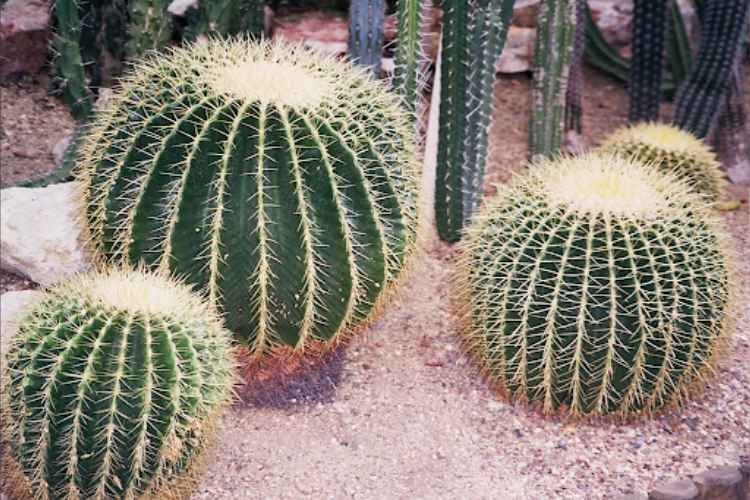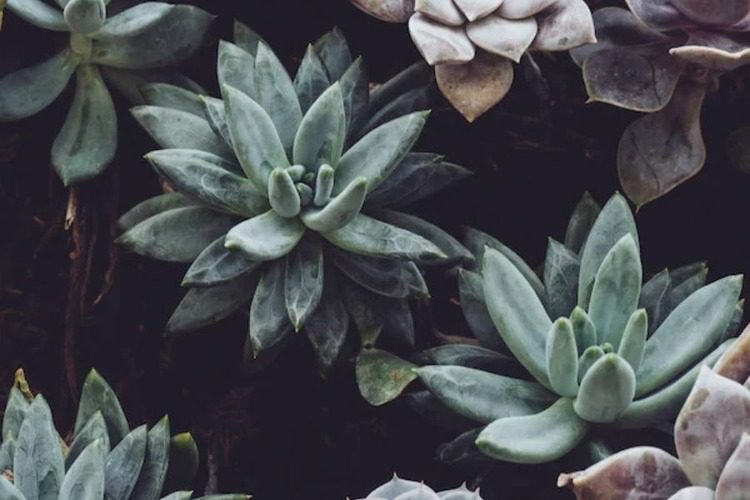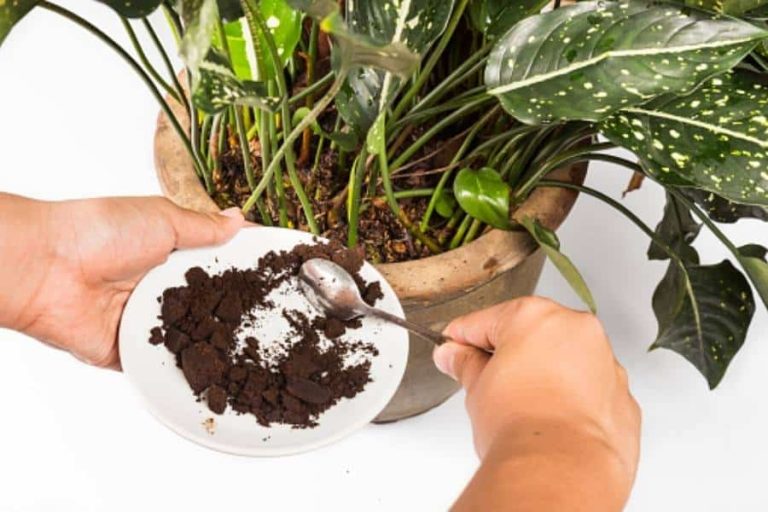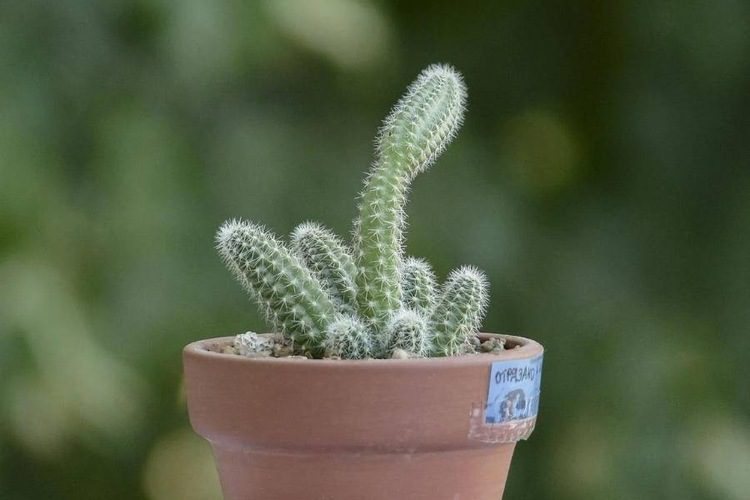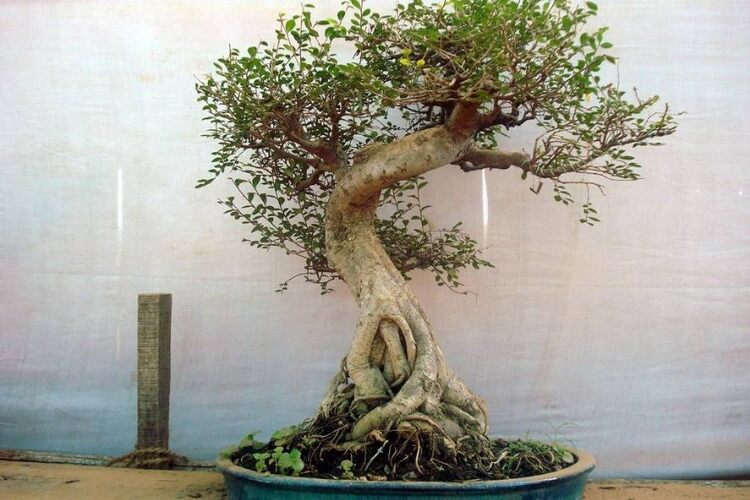Do Cactus Produce Oxygen? Scientists Answer

The cactus is genuinely an incredible work of nature. This hardy plant is capable of living and growing in the harshest environments. It’s extraordinary abilities and unique shape sometimes confuse us. Many people wonder: Do cacti produce oxygen? How much oxygen can cacti produce? Let’s explore with us in this article!
Do Cactus Produce Oxygen?
The answer is Yes. The cactus is an oxygen-producing plant, like other plants. With its unique appearance, many people doubt its ability to produce oxygen. Cacti produce oxygen through photosynthesis. This process means that plants use sunlight to make food.
Sunlight serves as an energy source to convert water and air into glucose. This sugar is a nutrient for plant growth. Cacti can use tiny pores to release oxygen and absorb carbon dioxide. This plant has a unique stem structure that stores water inside its stem.
The growing areas of this plant are semi-arid or arid places that are difficult for ordinary people to access. In addition, many people use cacti as an attractive interior decoration item at home. With their ability to absorb carbon dioxide, many people use cacti as natural air purifiers. In arid areas, the soil can be eroded rapidly during periods of drought.

How Do Cacti Breathe?
Green plants use stomata for breathing. They are small holes in the leaves of plants. However, cacti have no leaves, and their stomata are located in the stem instead of the leaves. As we all know, most plants breathe oxygen at night and vice versa. However, cacti or similar plants have a different process.
They absorb carbon dioxide and release oxygen during the day. This process is selective evolution for more prolonged survival in the natural environment. However, cacti have a unique twist to their photosynthesis process. Due to the scorching daytime temperatures in deserts, cacti have evolved to minimize water loss by using a method called CAM (Crassulacean Acid Metabolism) photosynthesis.
Cacti live in a desert with hot sun and high temperatures. This area also does not have many sources of water to supply plants. The normal respiration process in plants uses the leaf’s tiny pores to absorb carbon dioxide. Because this sunlight can evaporate water, plants lose some water in the stem through these small holes. However, the cactus is an exception because this plant often lives in dry areas. It evolved to not become dehydrated.
Thanks to this unique feature, cacti are great plants for your bedroom. Trees will help absorb toxic air and produce oxygen while you rest.

How Much Oxygen Does Cactus Produce?
You will almost be unable to tell the difference in the air when the cactus is breathing. Cactus oxygen production this plant produces is so small, but it still contributes to the air quality.
The effect of this plant relative to the air in a large room is negligible. You will need hundreds of cacti to bring more pronounced effects to the surrounding space. Otherwise, they don’t change too much.
General Insights on Plant Oxygen Production: Typically, a mature tree can produce enough oxygen in a year to support two humans. But cacti are much smaller than trees and have a different photosynthesis process.
- Leafy Plants: On average, through photosynthesis, a square meter of leafy plant coverage produces between 2 to 5 grams of oxygen per hour.
- CAM Photosynthesis Efficiency: Cacti, with their CAM photosynthesis, are around 1/5th to 1/10th as efficient as C3 plants (regular leafy plants) in terms of carbon fixation. This means they might produce oxygen at a lower rate per square meter.
Read more: Can You Use Cactus Soil For Bonsai? Benefits & Drawbacks

Some common Questions about Cactus
Do Cacti Purify The Air?
Besides using an air purifier, another valuable method to increase oxygen is to increase ventilation. More air will circulate here. This method is straightforward but very effective. Many people read NASA research citations and misunderstand the use of plants to increase oxygen content. Even so, NASA only applies this method to places without land. They use a particular system to grow plants and prevent mold growth. Since you don’t have to live in such an environment, follow the usual methods.
Through photosynthesis, the cactus produces oxygen and expels it to the outside. This plant can regulate the air in the house. This effect is what makes cacti a top choice for those looking for houseplants. While many options are available, the cactus is the best detox plant.
Besides, many people are also interested in mini-cactus. This small plant will bring life to your home. This plant can prevent some harmful electromagnetic rays when placed on a computer or television set. Even better, cacti can absorb some airborne pollutants and improve air quality.
Some types of mini-cactus can purify the air:
- Christmas Cactus.
- Peruvian Cactus.
- Chin Cactus
- Star Cactus
You can combine multiple plants to increase your air purifier’s effectiveness.
Do Cactus Produce Oxygen At Night?
Yes, cacti produce oxygen at night, but not as much as during the day.
All plants produce oxygen through photosynthesis, a process that uses sunlight to convert carbon dioxide and water into oxygen and sugar. However, most plants open their stomata (tiny pores on their leaves) during the day to take in carbon dioxide and release oxygen. This also allows water to escape from the plant, which can be a problem in hot, dry environments.

The carbon dioxide is then stored in the cactus’s tissues and converted into oxygen during the day when there is sunlight.
This means that cacti produce oxygen at night, but at a slower rate than during the day. Additionally, cacti produce less oxygen overall than other plants because they have a smaller surface area of leaves.
Despite this, cacti can still be a good choice for indoor plants because they can help to improve air quality by removing carbon dioxide and other pollutants.
Does Cactus Absorb Carbon Dioxide
Yes, cacti do absorb carbon dioxide. Cacti are particularly good at absorbing carbon dioxide because they have a thick, waxy layer on their skin that helps to reduce water loss. This allows them to open their stomata at night to take in carbon dioxide without losing too much water.
One study found that a single saguaro cactus can store up to 40 gallons of carbon dioxide in its tissues. This is equivalent to the amount of carbon dioxide emitted by a car driving about 300 miles.
Cacti also have a large surface area relative to their size. This means that they have more surface area to absorb carbon dioxide. Additionally, cacti grow slowly, which means that they store more carbon dioxide in their tissues over time.
Highest Oxygen-Producing Cactus
All types of cacti produce oxygen, but the productivity may vary among different species. However, some plants are more productive than others. Let’s explore the bright candidates in the list below:
Barrel Cactus
Barrel Cactus also has another name, Fierce Cactus. The rigid outer spine is a solid shield to protect the sweet, crunchy, edible body inside. If grown in an area with ideal conditions, the plant can grow up to 10 feet. It is suitable for both outdoor and indoor environments. Barrel Cactus’ appearance is orange, yellow, or green. It needs enough sunlight and some water to grow.
Bishop’s Cap
Bishop’s Cap, also known as Astrophytum Ornate, is a plant with a unique shape. They are spherical, with deep grooves and layers of stiff spines covering the outside. Over time, you will notice a white, mold-like mist covering the outside. Don’t worry, because this is the plant’s defense mechanism to protect itself from direct sunlight. The primary colors are yellow and green. The way to take care of it is very simple. You need to let them fully sunbathe and water them just enough.

Old Lady Cactus
Another name for this plant is Mammillaria hahniana. It stands out with its very eye-catching appearance. The Old Lady consists of small balls of thorns and feathers that range in size from nine to ten inches. More wonderful are the bright red or bright roses at the top, like crowns. The recommended frequency of watering is once a month. It would help if you were also supplemented with adequate sunlight.
Saguaro Cactus
Saguaro is a plant characterized by its spherical structure and sturdy spines that decorate the outside. Its colors are white, yellow, and green in the center. This plant is excellent for growing in pots, and you don’t have to worry too much about potting soil going bad.
Saguaro’s lifespan can last up to several decades. However, the Saguaro Cactus requires minimal care and can survive with infrequent watering. You need to water them about every ten days and give them a light massage throughout the day.
Rattail Cactus
This plant is relatively thin and grows like a three-foot-long shrub. Its scientific name is Aporocactus flagelliformis. The colors are mainly red, purple, and green. You must provide enough water and sunlight daily for the plant to grow. Add more fertilizer to encourage them to grow at first.
Angel Wing Cactus
Angel Wings, also known as Opuntia Albispinus, is a plant in the prickly pear family. Its primary color is yellow or green. The characteristic appearance of the tree is the overlapping pads or branches. This Mexican plant can reach heights of up to five feet. Angel Wings require regular watering to thrive. It also requires full sunlight to grow.
Conclusion
Do cacti give off oxygen? The short answer is Yes. Cacti can ultimately produce oxygen and effectively detoxify the air. The difference between them compared to other crops is the time of operation. Cacti absorb carbon dioxide during the day and release oxygen.
Cacti can contribute to air purification, improve the overall atmosphere, and have an eye-catching appearance. Cacti are the first choice for houseplants. If you want to take care of them more carefully, pay attention to the timing of watering, fertilizing, and providing adequate light.


